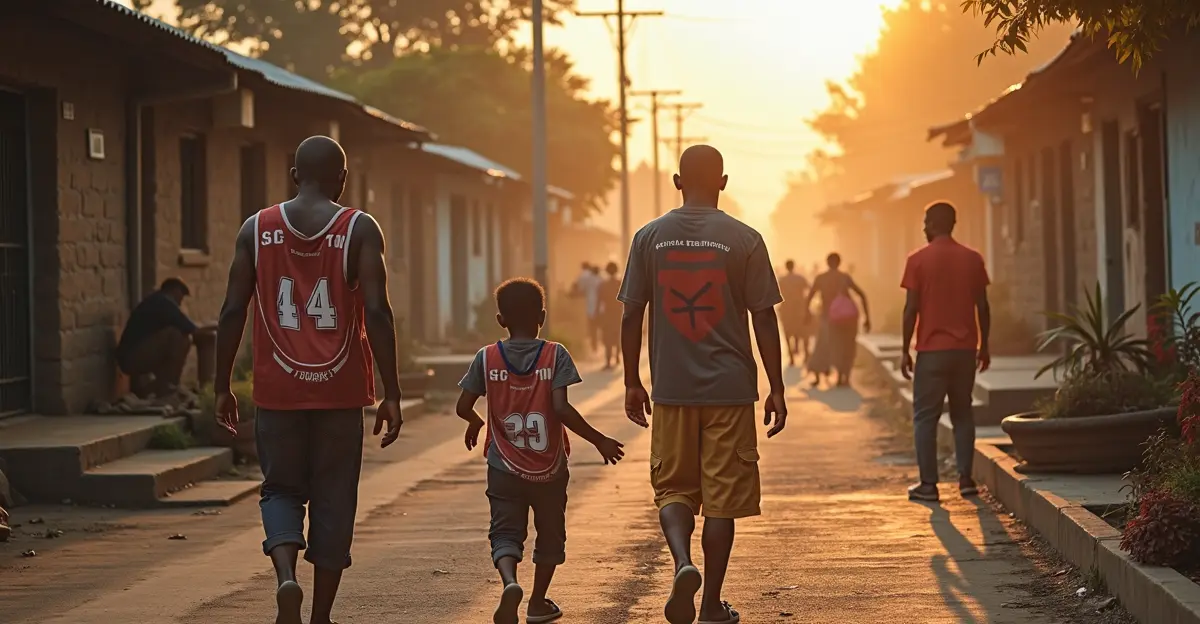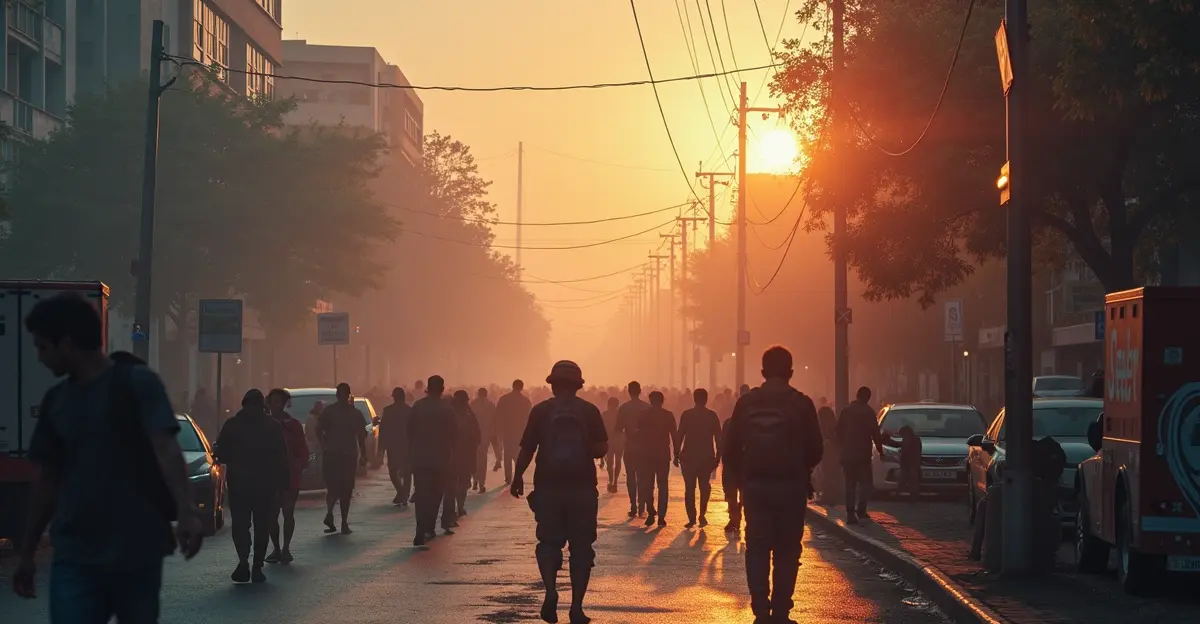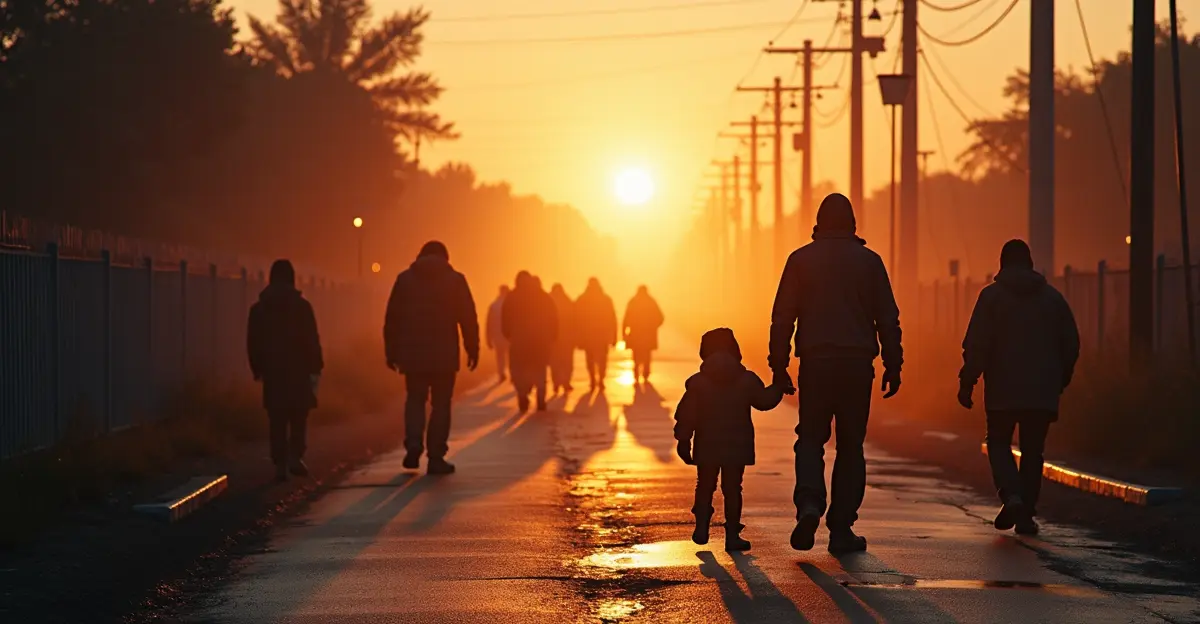Global Heat Action Network releases comprehensive toolkit for cities to implement heat early warning systems and community cooling solutions, drawing from successful case studies worldwide to combat rising extreme heat risks.

New Toolkit Helps Cities Combat Extreme Heat
The Global Heat Health Information Network (GHHIN) has launched a comprehensive best practice toolkit designed to help cities worldwide implement effective heat action strategies. The toolkit, released in early 2025, provides municipalities with evidence-based guidance on early warning systems, community cooling solutions, and integrated heat risk management approaches.
Early Warning Systems and Preparedness
The toolkit emphasizes the critical importance of heat early warning systems that combine meteorological data with public health information. 'Cities need integrated warning systems that trigger specific actions when dangerous heat thresholds are crossed,' explains Dr. Maria Rodriguez, a climate adaptation specialist at GHHIN. 'This isn't just about temperature forecasts - it's about predicting health impacts and mobilizing resources before people get sick.' The guidance includes protocols for multi-day heatwave alerts, vulnerable population identification, and coordinated emergency response activation.
Community-Based Cooling Solutions
A significant focus of the toolkit is community-level cooling interventions, including the establishment of cooling centers in public buildings like libraries, community centers, and schools. 'Cooling centers aren't just air-conditioned spaces - they're lifelines for vulnerable residents during extreme heat events,' says Sarah Chen, urban resilience coordinator at the Resilient Cities Network. The toolkit provides detailed operational manuals for setting up and managing these facilities, including staffing requirements, safety protocols, and accessibility considerations for elderly and disabled populations.
Urban Planning and Infrastructure
The guidance also addresses long-term urban planning strategies to reduce urban heat island effects. Recommendations include increasing green spaces, implementing cool roof programs, using permeable pavements, and promoting tree planting initiatives. 'We're seeing cities like Phoenix and Ahmedabad demonstrate that strategic urban design can reduce ambient temperatures by several degrees,' notes environmental planner James Wilson. 'These interventions not only save lives during heatwaves but also reduce energy consumption and improve overall urban livability.'
Global Implementation and Case Studies
The toolkit draws from successful heat action plans implemented in cities worldwide, including India's Ahmedabad Heat Action Plan, the Netherlands' National Heatwave Plan, and Phoenix's 2025 Heat Response Strategy. These case studies demonstrate how different cities have adapted the core principles to their local contexts, climate conditions, and governance structures. The resource includes practical templates for developing municipal heat action plans, risk assessment tools, and monitoring frameworks to track implementation progress.
The Global Heat Health Information Network, a collaborative initiative involving the World Meteorological Organization, World Health Organization, and National Oceanic and Atmospheric Administration, developed this toolkit as part of its mission to protect vulnerable populations from escalating heat risks. With 2024 being the warmest year on record and heat-related deaths increasing globally, the timely release of this comprehensive guidance aims to support cities in building climate resilience and protecting public health.
For more information, visit the Global Heat Health Information Network and HEAT PrepareCenter resources.

 Nederlands
Nederlands
 English
English
 Deutsch
Deutsch
 Français
Français
 Español
Español
 Português
Português









